by aschortinghouse | Mar 31, 2023
Introduction
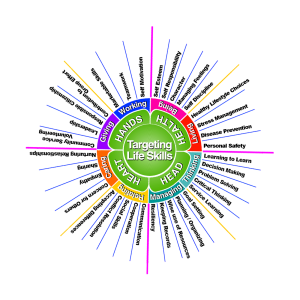
Figure 1: 4-H Life Skills Wheel Sources: (Hendricks, 1998) and (Norman & Jordan, 2018)
The goal of a 4-H program is for youth to learn about and develop life skills that will help them, in both the short term and long term, become contributors to their communities (Norman & Jordan, 2018). Life skills are the competencies or traits that relate to helping individuals’ function and navigate their lives.
When we begin planning 4-H programs with the end in mind, life skills are one of the considerations we should focus on. These skills should be identified during the planning process at the same time you are planning the objectives for each meeting. The life skills wheel illustrated in figure one serves as a tool to help visualize the most common life skills 4-H programs focus on. When we identify these skills, we can intentionally plan our programs to provide experiences that are specific and challenging without being overwhelming.
Often, we use projects and special interests as a hook to teach youth life skills. While some subjects are best suited to developing certain life skills, there are skills to be learned and developed no matter the exact subject being taught.
Getting Started
On the life skills wheel, all the life skills are categorized under the headings of head, heart, hands, and health which relates back to the 4-H pledge. By identifying the skills, you are targeting then planning activities to help you build those skills, you can build impactful programs that will continue to build on each other.
Let’s look at a scenario. We are working with a group of club officers at a training day preparing for the new 4-H year. The objectives for the meeting are for officers to learn their roles and for the youth learn more about each other so they are more comfortable working together. From here, we need to identify the skills we are hoping to build.
When you look at the life skills wheel there are numerous skills which could fit and be developed during this training. While some skills are built passively through experience, identifying three to five skills will help us identify activities and focuses that align with our objectives.
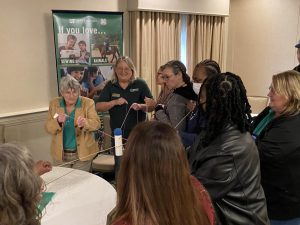
Picture 1: Volunteers participating in the bull ring activity at the 2023 NWD Volunteer Forum in Destin, Florida.
For this scenario, if we identify teamwork, problem-solving, communication, and planning/organizing as the life skills we intend to build, we need to identify activities that will build these skills. When working with activities we need to keep in mind that we need time for the do, reflect, apply model. So, once we do the activity, we need time for reflection, and a discussion on how we could apply what we have learned in the future.
If we look at this scenario a little bit closer, you will notice that some skills can be built during the same activity. An example of this would be if we were to use the bull ring activity, which has a tennis ball balanced on a ring by multiple strings are held by multiple participants standing in a circle as demonstrated in picture one, participants are going to use a bunch of life skills including communication, teamwork, problem-solving, and even planning. All these skills are necessary to successfully move the ball from point A to point B without dropping the ball. It is the intentional reflection and future application discussion of the skills that pulls in the impact and development of a skill beyond the passive learning that occurs.
Conclusion
4-H projects and meetings are an ideal environment for passive learning of life skills. However, it is the intentional planning of club and project leaders that results in active life skill development. So, as you are planning your next meeting, start with the end in mind. Identify your objectives and the life skills you want to develop, then intentionally plan activities and discussions which will lead youth through active thoughts and practice of the skills you are focusing on.
Resources
Hendricks, P. (1998). Developing youth curriculum using the targeting life skills model: Incorporating developmentally appropriate learning opportunities to assess impact of life skill development.
Norman, M., & Jordan, J. (2018, July 30). Targeting Life Skills in 4-H. https://edis.ifas.ufl.edu/publication/4H242
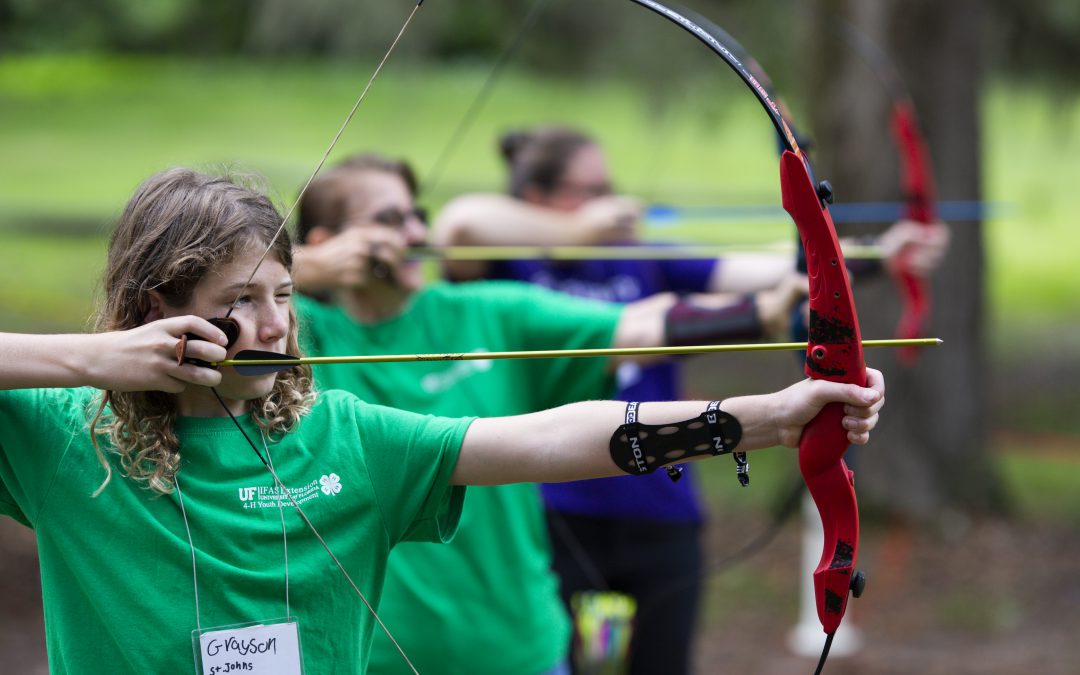
by aschortinghouse | Oct 12, 2022
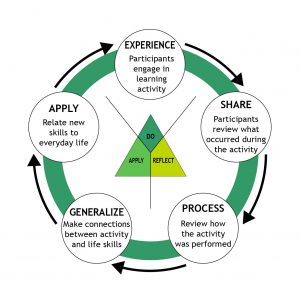
Figure One. The Experiential Learning Model. (Experiential Learning Model, 2022)
“Hands-on,” and “learn by doing” are terms you often hear in 4-H and they both refer to the Experiential Learning Model, which is the instructional strategy we use in 4-H programs. The hands-on experiences that 4-H is known for offer youth the chance to engage all their senses in the learning process. One of the prevalent models guiding hands-on experience design is the experiential learning model (Experiential Learning Model, 2022). Figure one illustrates this model, highlighting the three notable stages of doing, reflecting, and applying which serve as the core of the model. While the hands-on experience is critical, it is also important to remember that reflection and a focus on how to apply what was learned are also necessary for a compelling experience to result in impactful learning outcomes.
Designing for Experiential Learning
When designing programs, it is important to keep in mind that leaders must intentionally foster experiential learning through the careful planning and execution of programs. Three tips to keep in mind are:
- Build in Time – While this may seem obvious, it is important to keep in mind that time needs to be built into the program to allow for a thorough exploration of an experience, the reflection, and the application phases. The amount of time needed will likely vary with the experience and how many youth are involved. While the experience generally takes up the most time, be sure to reserve time for reflection activities. It is through the intentional carving out of time that it is possible to foster the whole of the experiential learning process. Ten to fifteen minutes for a reflection activity should be sufficient.
- Identify a Leader – Identify an individual to take point with each section or activity that is planned. This will help relieve some of the pressure and will allow for focused efforts on each section. When considering the reflection stage, it is important to identify an individual who will be able to facilitate the process in a meaningful way. Specifically, someone who will be able to ask unassuming questions and will be able to respond to the information shared, and relate it to the experience and application stages.
- Mix it Up – Utilize a variety of different activities to facilitate sharing and reflection. Reflection activities may be anything from using a thumb ball with specific questions passed around to free-form conversation as participants feel comfortable in contributing.
Learn More
Experiential learning is easier with practice, but we have several resources to help!
- Florida 4-H Experiential Learning Cards are a handy reference tool that include questions you can ask youth for each step of “do-reflect-apply” to help them process the activity. Once you have done this a few times, it will come naturally and you won’t need to refer to the cards, but these are helpful if you are new to this teaching strategy.
- Participate in a workshop! Both online and in-person workshops are available for volunteers who want to learn more!
-
- California 4-H has developed an excellent website with tip sheets, resources, and even an online module to learn and practice experiential learning. They have a toolbox to support volunteers and 4-H professionals- it is all free and you don’t have to register to use the tools!
- During our Northwest 4-H Volunteer Forum, January 20-21, we will have a guest speaker who will lead us all in a workshop on experiential learning! If you would like to attend, registration opens in 4Honline on October 15th.
Norman & Jordan, 2019)
Learn More
The experiential learning process is broad and well-covered in studies and educational design. If you are interested in learning more, check out the resources referenced in the article below.

by aschortinghouse | May 13, 2022
Horse Show
Youth from across north Florida gathered to compete at the 2022 Area
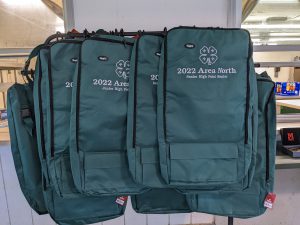
2022 Area North High Point Division Winners bridle bags.
North Horse Show in Clay County. Area shows take place throughout the state and serve as a qualifying show for the state show which takes place this summer. This is not just another horse show though, these 4-H Area shows are unique in that these shows are just one part of the larger project these youth are involved in. At the beginning of each year, youth declare which horses they will be working with. They are then responsible for working with their horses to learn more about equine sciences and to prepare for the various show and project opportunities such as workshops and shows. At the 2022 Area show, youth had the opportunity to participate in various disciplines including western, hunter, speed, and ranch divisions. Youth were eligible to earn ribbons, high points, and versatility awards. What youth are achieving inside the arena is second to that of what is being developed in our youth outside the arena.
Outside the Arena

2022 Area North Horse Show Sportsmanship award winner.
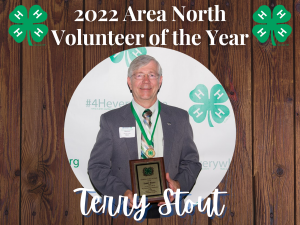
2022 Area North Volunteer of the Year.
In addition to the competition in the arena, youth and volunteers are recognized for their efforts outside the arena with various awards such as the sportsmanship and volunteer of the year awards. Horse projects and shows offer youth a chance to develop life skills, while loosing themselves in the magic of a horse. Horses demand responsibility, decision making, communication, among many other life skills. While some youth will be recognized for their success with ribbons, all of our youth are building skills that will carry them throughout their lifetimes. All of this though is not possible without the support and tireless effort put in by our volunteers. Thank you to all of our volunteers who made this even possible and congratulations to our 2022 volunteer of the year!
Congratulations to all the youth who competed and qualified for the State 4-H Horse Show later this year. To see a full list of qualifiers, click here. If you want to learn more about how you can get involved!
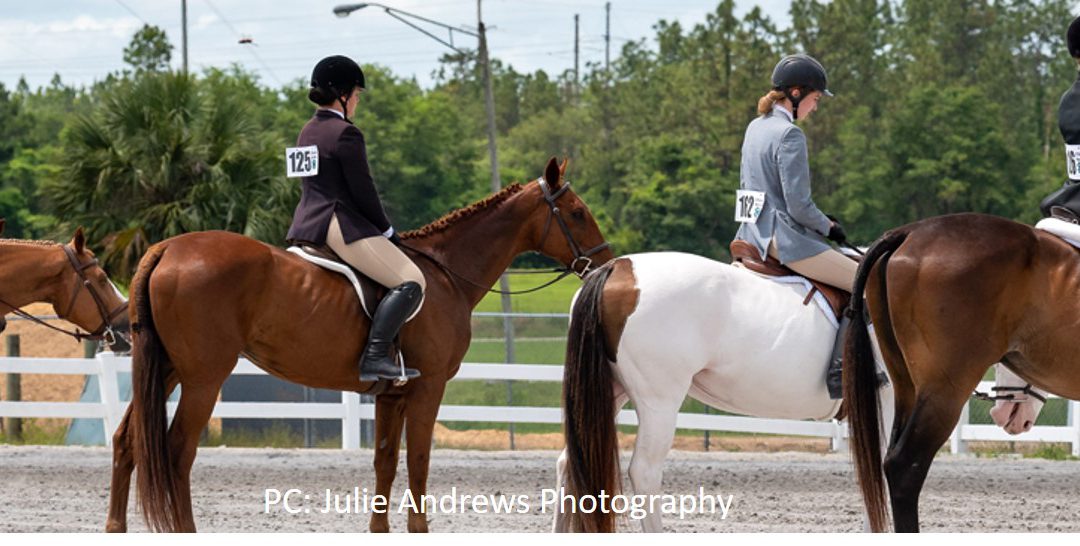
by aschortinghouse | Mar 11, 2022
In 2022, there have been some shifts in the area to state horse show qualification guidelines. In years past youth have an assigned area horse show they must participate in through which they can qualify for the state horse show. Due to a couple of areas being unable to host their shows for various reasons, the two remaining area shows have been opened up to accommodate the qualifying process. As such, there are new guidelines and stipulations everyone should be aware of.
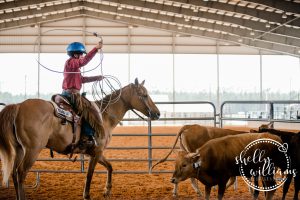
4-H Youth participating at Area Horse Show.
- For the 2022 show year only, a 4-H member may elect to show at any Area show of their choice to qualify for the state show. Ideally, youth will select to compete in their own area show first, as this is the most convenient to them.
- Qualification for the state show is based on the participation and qualification at the Area level.
This complex process is new for this year, so if you plan to show at the Area North Show, we recommend reading the 2022 plan passed out by the state thoroughly. That plan can be found here: https://animal.ifas.ufl.edu/extension/youth/horse/4h-shows/area-shows/.
The Area North Show is held in Green Cove Springs, Florida at the Clay County Fairgrounds. Show dates for 2022, are April 29-30. If you have any questions or concerns about these changes, please follow up with your 4-H agent, so that any questions can be addressed before the close of Area North Horse Show registration on April 1, 2022.

by aschortinghouse | Jan 15, 2022
While the Florida 4-H Horse Program is

4-H Youth participating at Area Horse Show.
composed of many opportunities, one of the most well-known opportunities is the Area and State horse shows. Each county in Florida is assigned to a specific Area, which hosts shows as a qualifier to the state show. Area North encompasses the whole of north Florida stretching from the panhandle to the coast down to Alachua. Below is some key information and important dates for the 2022 Area North show year.
Important Dates
- March 14 – April 1: Area North Registration, no late entries are accepted
- April 12, 5:30 CST/6:30 pm EST: Horse Show Virtual Prep Night on Zoom
- April 29 – 30: Area North Horse Show, Green Cove Springs, FL
- July 6 – 9: State Horse Show, Tampa, FL
Key Changes for the 2022 Horse Show
- Multi Horse Projects & Showing. All youth may now show multiple horses even at the State level. All horses must be certified project horses by Jan 1. Each rider/horse combo will be scored as a unit for points. No horse or rider may enter the same class as multiple entries.
- Walk Trot is coming to Area North! All walk trot classes are non-point classes. Youth may only compete in walk trot classes for two years- per horse/rider combination. Exhibitors entered in a walk trot class may not cross over into any loping or cantering class. If a walk trot exhibitor qualifies for the State 4-H Horse Show with points from in-hand classes, the exhibitor’s county 4-H agent will need to approve their advancement to the State 4-H Horse Show. Walk trot exhibitors will only be eligible to enter in-hand classes at the State 4-H Horse Show.
- Dressage tests are now “test of choice”.
- Saddle Seat & Gaited division are now gone; however, these type horses can still be shown in comparable classes.
- Sportsmanship Award Continued!
- Introducing, the “Crew”! Crew is an opportunity for horseless or non-showing youth to still be involved in clinics and horse shows by offering their skills in organization, grooming, cheering, and more. Crews are by-county, and their specifics may vary.
- Record Books are a critical component of your horse program year. We have record books for both riding and non-riding participants. Seniors are encouraged to use the NEW SENIOR Horse Record Book, especially if they intend on applying for the Horseman of the Year Scholarship. Juniors and intermediates may use the existing version. Additionally, your county may have its own version. Check with your agent to complete this part of your program. To find out more visit: https://animal.ifas.ufl.edu/extension/youth/horse/horse-record-books/
To stay up to date with everything Area North, follow us on our Facebook page at UF IFAS Extension 4-H Area North Horse Program.
This blog was authored by the following individuals:
Kelsey Irvine, UF/IFAS Nassau County, 2022 Area North Chair
Allie Anderson, UF/IFAS St. Johns County, 2022 Area North Vice Chair
Aly Schortinghouse, UF/IFAS Escambia County










